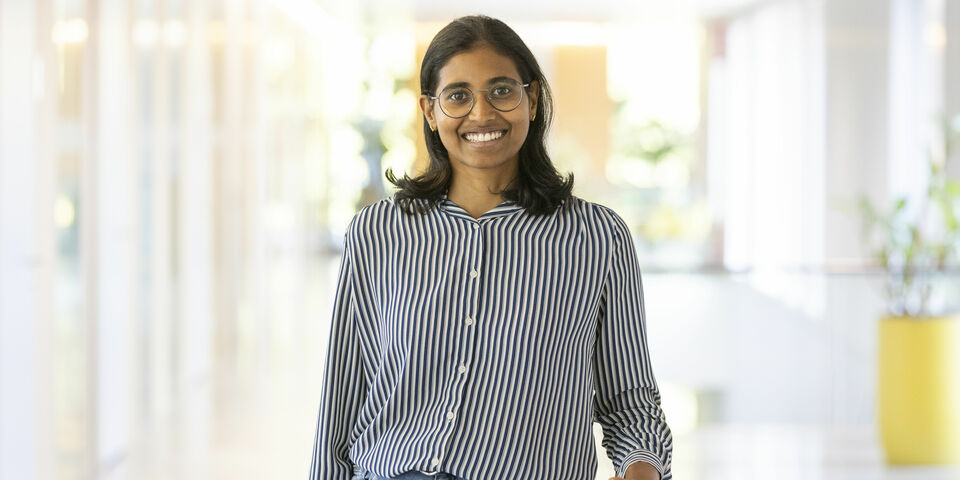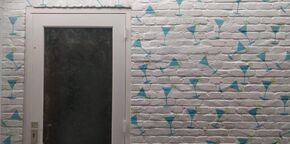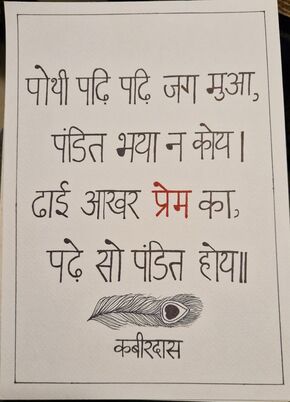Behind the Scenes | Varsha Pridhivi, boundary spanner
Keeping a university running is no easy feat. It takes a lot of hands to make sure everything is in order, from administration to cleaning and from security to technical maintenance. Who are the unsung heroes behind the scenes keeping everything on track? In this series, Cursor shines the spotlight on TU/e employees. Today: Varsha Pridhivi, boundary spanner at Innovation Space and EIRES.
Since September 2024, Pridhivi has been one of the first two boundary spanners at TU/e. “I connect students, student teams, researchers, policy makers and external social and industrial partners working on the energy transition. That’s how we try to keep the collaboration between these parties alive.”
She enjoys her new role. “In the first three months, I was still getting a grasp of everything going on at the university and learning how things work at Innovation Space and EIRES to effectively take on this role as ‘bridge builder’. Fortunately, I was given complete freedom in that regard.”
What time do you clock in?
“I don’t have a fixed start time. That’s something I have to be very conscious of. I keep track of my worked hours in an Excel file. It’s a very open and flexible work environment, but because of that you also unintentionally put in more hours. It’s very important to be mindful of that, to find the right work-life balance.”
What does your job involve exactly?
“I spend half the week working in Innovation Space and the other in Disruptor at EIRES. Well, ideally, because it’s never truly 50/50. I support student teams working on the energy transition. I connect them with scientists at EIRES, allowing students to utilize their expertise. This requires me knowing how to find the right researcher, so that means quite a bit of homework.
In addition, I establish connections between different researchers, mainly within EIRES, but sometimes also at EASI. I also explore whether they might benefit from supporting students through Challenge Based Learning (CBL). Furthermore, I seek out opportunities to collaborate with external partners. For example, they can participate in the TU/e Contest, provide a challenge or give a guest lecture.”
What led you to this job?
“Before this, I worked at Tata Steel for seven years as a researcher, where I focused on the process of making liquid iron. I have been living with my husband in Eindhoven for the past two years, but commuting two and a half hours each way every day takes a toll on your mental health, so I started looking for a job closer to home.
What really drew me to this position was that I could broaden my skills, knowledge and network and do more than just research. I’m also trying to get Tata Steel on board to become a partner in a research project, but no promises have been made yet.”
What is the best part of your job?
“That it’s so dynamic. Sometimes I help student teams find the right scientists for their research issue. Other times I’m trying to fine-tune a challenge for a CBL project or gathering input from all kinds of activities happening at EIRES. I love that every day is different. It keeps my brain engaged.”
And the least enjoyable part?
“Sometimes it’s hard to set priorities. In this job, many people come to me looking for help, and I find it hard to say ‘no’. That still requires some more practice and a few more months of experience. I’ll get better at it, though.
The freedom this job offers also comes with a drawback: it’s difficult to streamline my workflow. As a researcher my role was clearly defined, but now I find myself in a web of connections and opportunities. Fortunately, I get help from colleagues, like the boundary spanner at EAISI. Together, we try to formalize this role.”
What time do you clock out?
“Usually between 5:30 and 6 PM. But that varies when we have events, competitions or kick-off programs, for example. Then it can easily be 8 PM.”
What do you do off the clock?
“I try to work out three times a week at the Student Sports Center after work, but when I’m at home, I really try to unwind. I cook together with my husband or we watch some Netflix. And sometimes I get the sudden urge to draw or paint. For example, I made a painting for two friends of mine who are getting married. I also paint murals, though last time, I accidentally used furniture paint in the hallway. I still need to fix that, but every time I look at it, my motivation to do so immediately disappears.”




Discussion